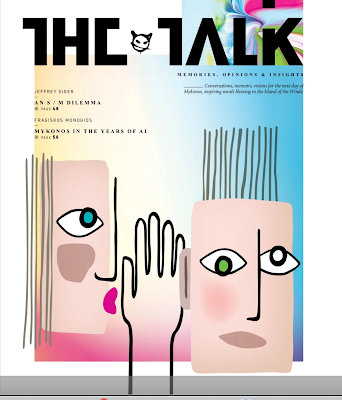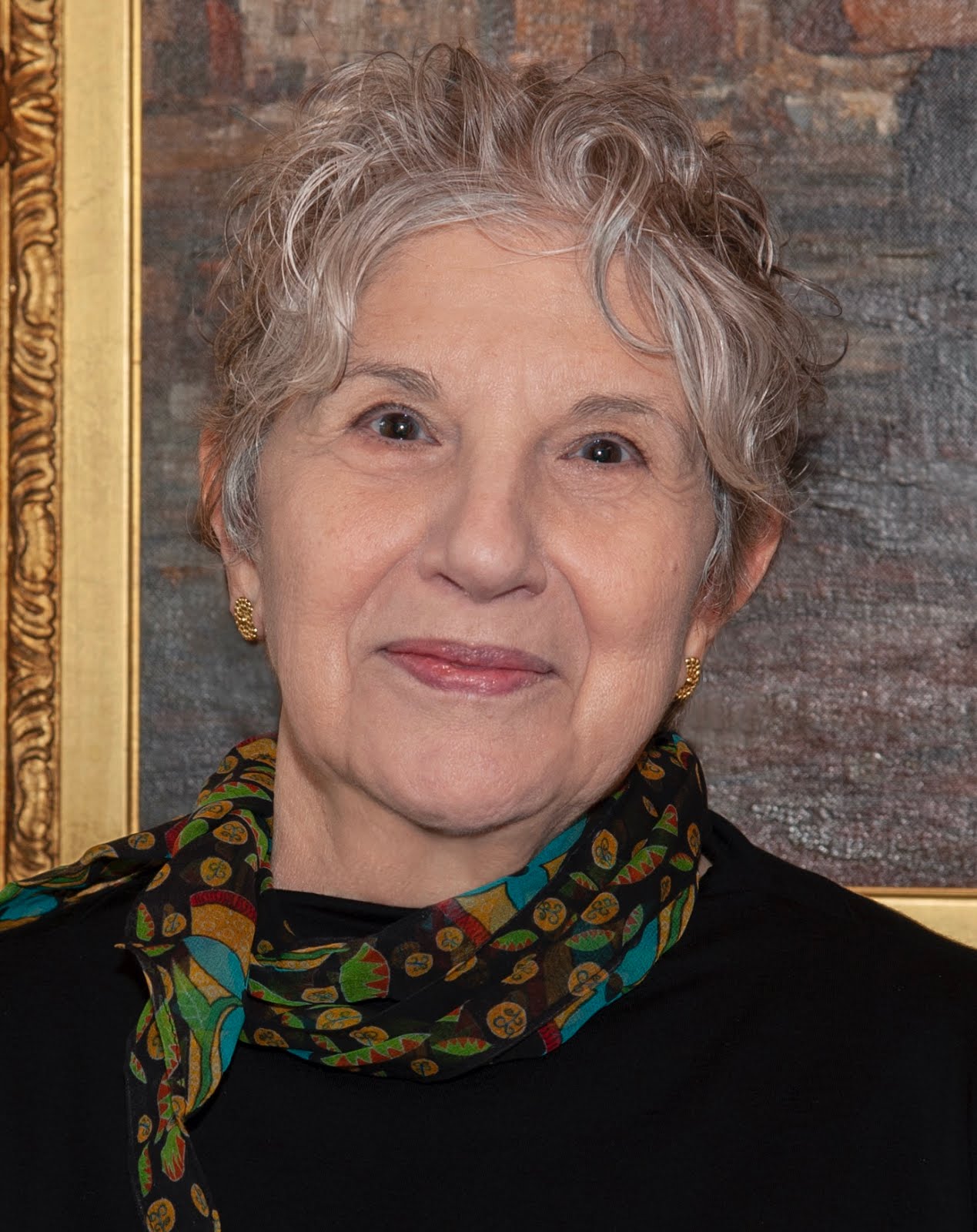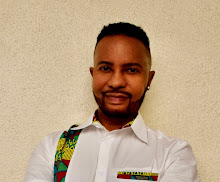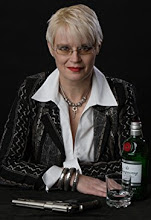Annamaria on Monday
This discussion is inspired by an unpublished essay by my dear departed friend, Dr. Barbara Fass Leavy. A little background: When she was a newly minted PhD on a tenure track at Queens University in NYC in the 1970s, her department head was concerned about a sharp decline in the number of students signing up for lit electives - bad for the size of the department's budget. He announced they would offer a course on crime fiction and that Barbara would teach it. She refused. "'I am a scholar' I told him," she reported to me shortly after we met, decades later. "I am not going to treat that trash as if it were literature." As you can imagine, she lost that argument.
Once she delved into the genre, reading the best novels she could find, she completely reversed that thinking. She even published on the subject, most notably a critical assessment of the works of Ruth Rendell.
By her definition, mystery novels were "works of literature in which a crime is committed and an investigation ensues." I told her that by her description "Hamlet" and Crime and Punishment are crime fiction."
"Exactly," she said.
One of Barbara's interests was the position of women in society, and that topic often intersected with her interest in mysteries. After--far far too soon--we lost Barbara, I was privileged to receive some of her unpublished papers. One of them begins:
"Women have always been important in the world of the mystery novel. Nancy Drew, girl detective, is celebrating her 60th anniversary and has been the subject of an entire conference at the University of Iowa."
This tells me that Barbara's essay dates back to 1990. It goes on, "...recently, the female private eye has commanded increasing attention, and woman's role in the police procedural genre was highlighted in a TV series on Public Broadcasting. Whether this feminist strain has produced something, genuinely "female," or whether a hard boiled female private eye is anything more then the flip side of a hard boiled male one is a matter of debate."
At that very same time that Barbara was analyzing the contribution of women to the genre and how they were portrayed in the stories, women crime writers were fed up with being treated as second class citizens. They founded the organization Sisters in Crime. Here is what their website says about their founding and progress.
"In 1986, twenty-six women crime writers, frustrated with the obstacles they faced in publishing, met at the Bouchercon World Mystery Convention in Baltimore to plot a path toward being treated as the equals of male writers. They gathered again in May 1987 during the Edgar Awards Week in New York to formally establish the organization, Sisters in Crime (SinC). The group formed a steering committee and held the first membership meeting at Bouchercon in 1987, establishing a tradition that continues."
Data from the Edgar award website supports their contention. In 1986, of the sixty-nine authors nominated for Edgars, only eleven were women, four of them in the Juvenile category. One of those four nominees was the only woman to win an Edgar that year. (By the way, Barbara's favorite subject - Ruth Rendell was nominated twice for Best Novel, but neither of her books won the prize.)
The data from this year's Edgar awards show that women are doing better nowadays, especially when it comes to nominations. Twenty eight of the fifty-one nominees were women, and they won in five of the eleven categories.
These statistics seem to show real progress. What do you think?




































